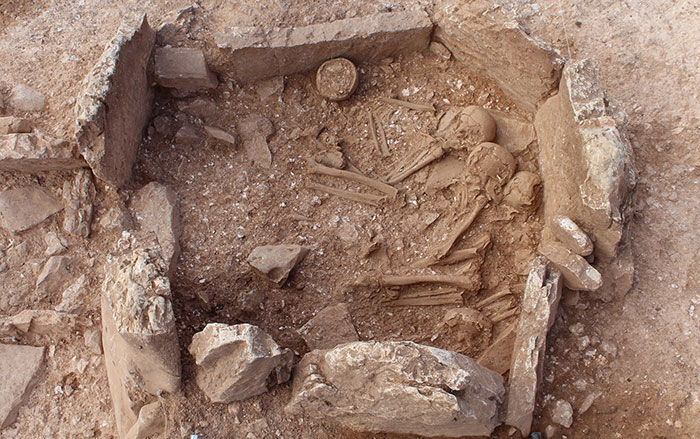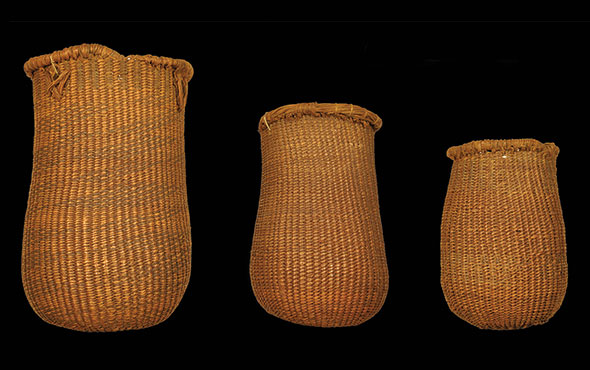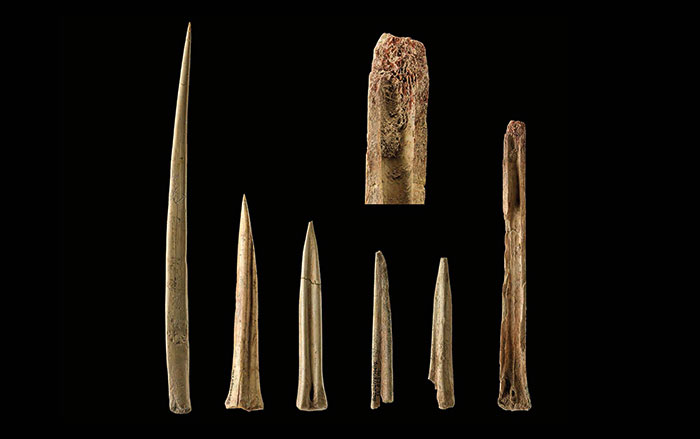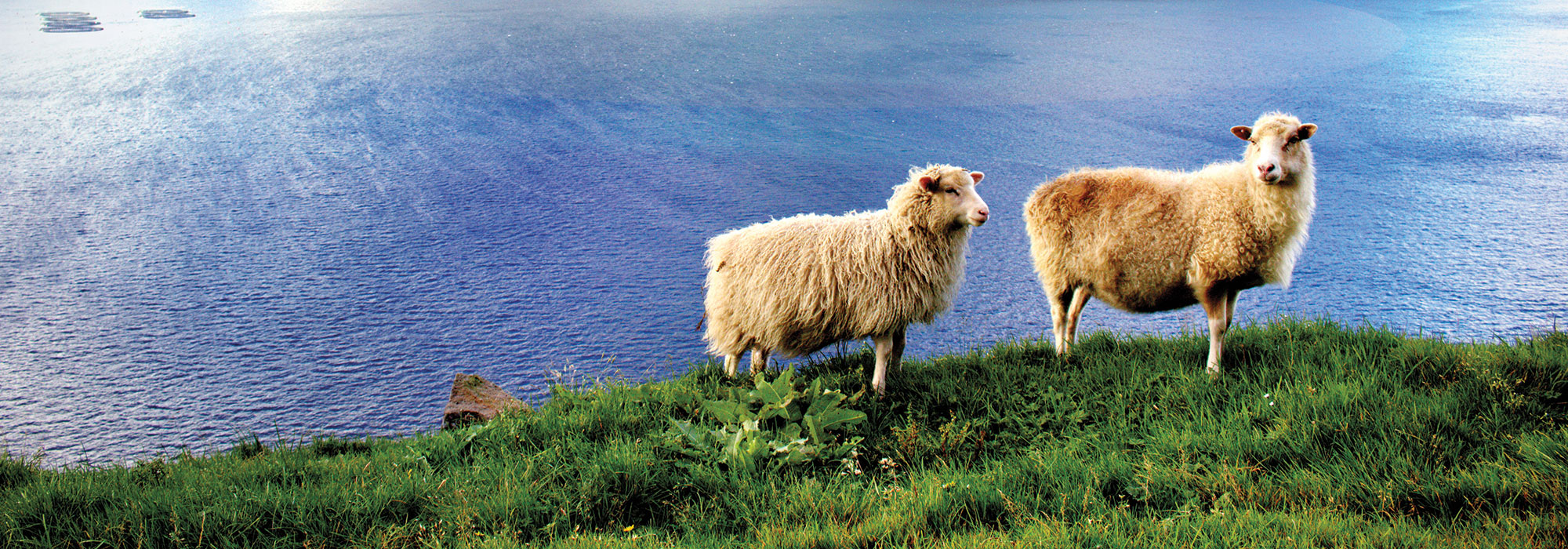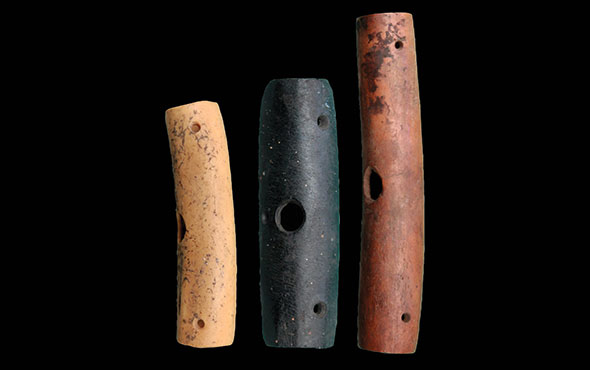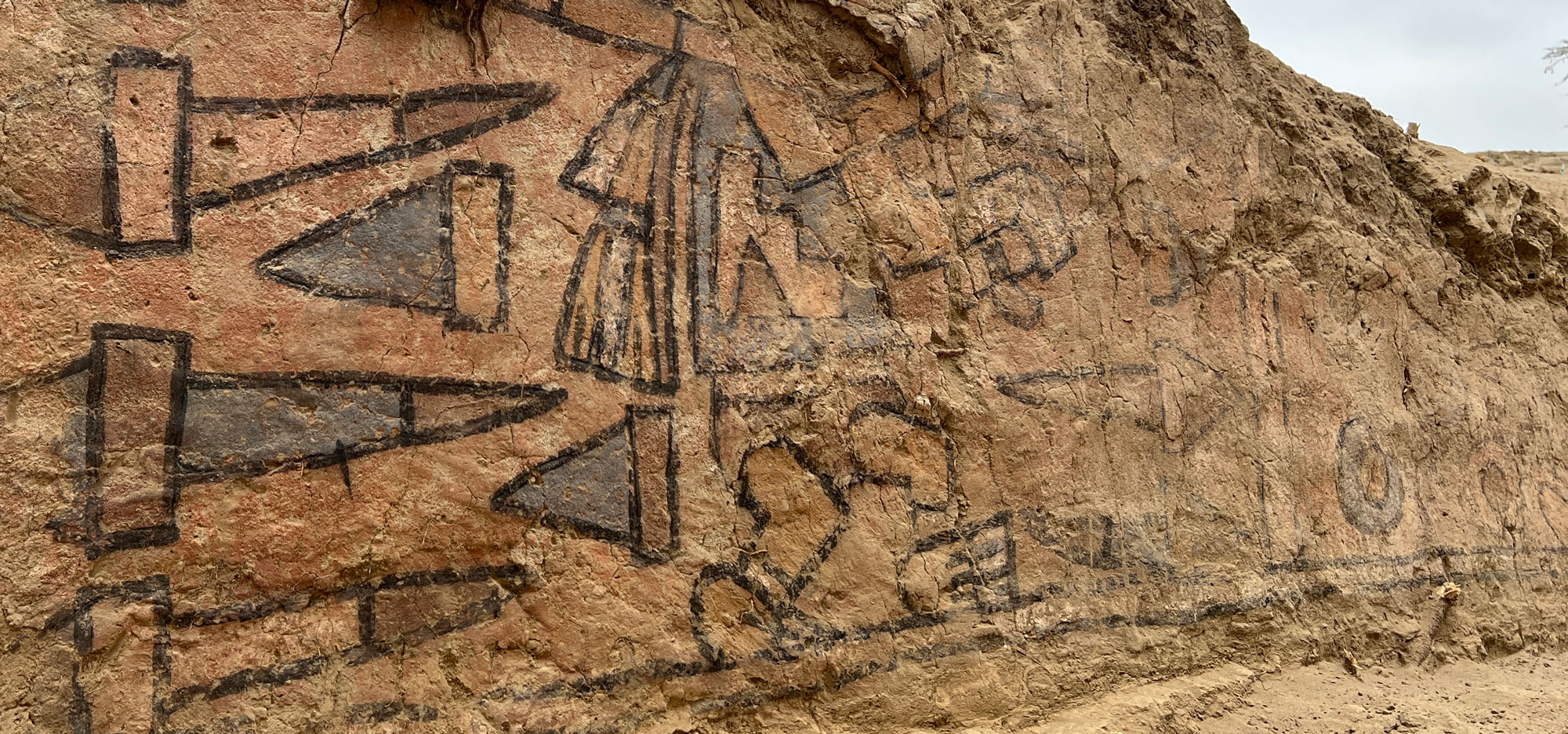
CRANFIELD, ENGLAND—According to a statement released by Cranfield University, evidence of wine has been detected on late fifteenth-century A.D. fragments of a Spanish olive jar unearthed on Mona, a small Caribbean Island situated between the Dominican Republic and Puerto Rico. The residues were analyzed with gas chromatography and mass spectrometry by a team of researchers led by Lisa Briggs of the British Museum and Cranfield University. She and her colleagues explained that the evidence indicates that European wine was consumed by Europeans or perhaps even members of the local Taino population shortly after the arrival of Spanish colonists. The excavation also uncovered many meat and fish bones, although none of them was found in cooking pots. These foods may have been cooked on a raised grill over charcoal, in the Taino tradition of Barbacoa, Briggs said. No traces of dairy, which was not part of the traditional Taino diet, were detected on the pottery fragments either. Briggs and her colleagues therefore think that traditional Taino foodways persisted on the island after the arrival of Europeans. Read the original scholarly article about this research in Archaeological and Anthropological Sciences. To read about another find on Mona, go to "Spiritual Meeting Ground," one of ARCHAEOLOGY's Top 10 Discoveries of 2016.



